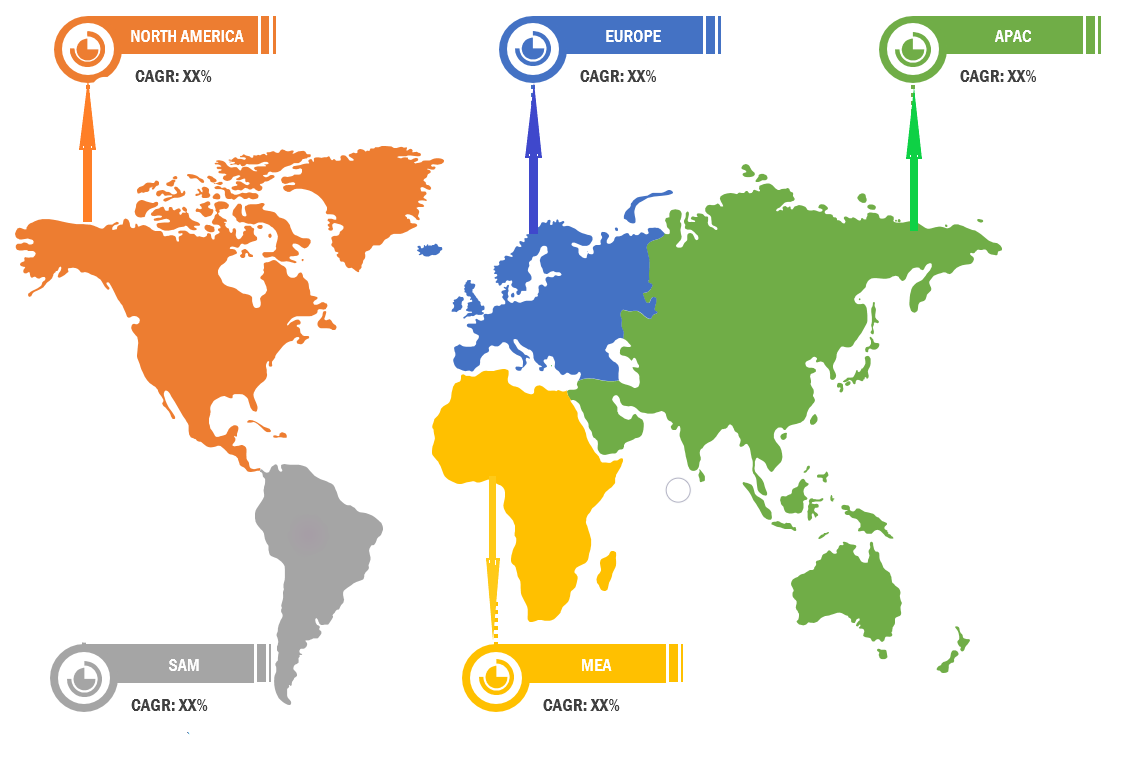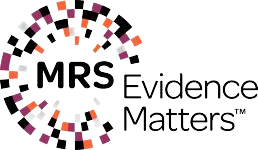Report Overview
The report will cover the overall analysis and insights in relation to the size and growth rate of the ” Global Biotechnology Instrumentation Market ” by various segments at a global and regional level for the 2000-2027 period, with 2000-2019 as historical data, 2020 as a base year, 2021 as an estimated year and 2021-2027 as forecast period.
COVID 19 Impacts on Biotechnology Instrumentation
COVID-19 is a new strain of coronavirus that has not been previously identified in humans . Coronaviruses (CoV) are a family of RNA (ribonucleic acid) viruses. COVID-19 started in Asia and is now spreading over the rest of the world via person-to-person contact and community spread. COVID-19 pandemic may have an potential impacts on Global Biotechnology Instrumentation Market.
Report Includes
- The report provides a basic overview of the industry including definitions, classifications and industry chain structure.
- A brief overview of the commercial potential of products, technologies and applications.
- Company profiles of leading market participants dealing in products category.
- Description of properties and manufacturing processes.
- To analyze and forecast the market size in terms of volume and value
- Market segments on the basis of type, application, end users, region and others
- Discussion of the current state, setbacks, innovations, and the future needs of the market.
- Detailed discussion regarding impact of product on demand
- Up-to-date analyses of market trends and technological improvements in the market
- Examination of the market by application and by product sizes; utility scale, medium scale and small scale.
- To strategically profile key players and comprehensively analyze their market rankings and core competencies
- The report focuses on detailed profile of major leading industry players with information such as company profiles, product picture and specification, capacity, production, price, cost, revenue and contact information.
- Country specific data and analysis for United States, Russia, China, Germany, United Kingdom, France, Japan, Israel, Saudi Arabia, South Korea, United Arab Emirates, Canada, Indonesia, Malaysia, Switzerland, Australia, India, Italy, Sweden, Spain, Belgium, Netherlands, Norway, Brazil, Argentina, Mexico, South Africa Turkey, Iran, Egypt and others.
- Coverage of historical overview, key industrial development and regulatory framework.
- To track and analyze competitive developments, such as contracts & agreements, expansions, new product developments, and mergers & acquisitions in the market
- A look at the opportunities in the market for stakeholders and provide a competitive landscape of the market leaders
- 45 data tables and 10 additional tables.
Reports Scope and Segments
- The scope of the report covers the clear understanding and overview of the product.
- Analysis of market trends in the region, with market data considering 2020 as the base year, 2021 as the estimate year and forecast for 2027 with projection of CAGR from 2021 to 2027.
- The report covers discussion of economic trends and technology.
- It also explains the major drivers and current trends within the particular sector.
- The key countries in all the major regions are mapped on the basis of their market share.
- Market estimates represent revenue.
- Discusses trends within the market and provides a future outlook.
- Reviews business activities of market leaders.
- This report provides a quantitative analysis of the current trends, estimations, and dynamics.
- In-depth analysis of the market segmentation assists in determining the prevailing market scope
- Major countries in each region are mapped according to their revenue contribution to the global industry. Market player positioning facilitates benchmarking and provides a clear understanding of the present position of the market players.
- The report includes the analysis of the regional as well as global market trends, key players, market segments, application areas, and growth strategies.
| Attribute | Details |
|---|---|
| Market size available for years | 2014–2027 |
| Base year considered | 2020 |
| Forecast period | 2021–2027 |
| Historical period | 2014-2019 |
| Forecast units | Value (USD) & Volume (Million Units) |
| Segmentation | By Regions North America, Europe, Asia Pacific, Latin America and Middle East & Africa |
| By Countries United States, Russia, China, Germany, United Kingdom, France, Japan, Israel, Saudi Arabia, South Korea, United Arab Emirates, Canada, Indonesia, Malaysia, Switzerland, Australia, India, Italy, Sweden, Spain, Belgium, Netherlands, Norway, Brazil, Argentina, Mexico, South Africa and 54 Others. |
|
| By Product Immunoassay Systems, DNA Sequencing Systems, Mass Spectrometry, MicroArrays, Liquid Chromatography Systems, Laboratory Automation, Electrophoresis Systems and Other. |
|
| By End-Use Government & Academic Institutes, Pharmaceutical & Biotechnology Companies, Hospitals & Healthcare Facilities and Others. |
|
| Companies covered | Abbott Laboratories; Agilent Technologies, Inc.; Alcon, Inc.; Angio Dynamics; Beckman Coulter Inc.; Becton; Bio-Rad Laboratories Inc.; BioMerieux SA; BioTek Instruments, Inc.; Bruker Corporation; Candela Medical; Cynosure, LLC; Danaher Corporation; Dickinson and Company; F. Hoffmann-La Roche Ltd.; GE HealthCare (UK); Gilson Inc.; Harvard Bioscience Inc.; Hitachi High-Technologies Corp.; Illumina Inc.; Lonza Group AG; Lumenis; Merck KGaA; Novanta, Inc.; PerkinElmer Inc.; Roche Diagnostics; Shimadzu Corp.; Siemens Healthineers; Thermo Fischer Scientific Inc.; Tecan Group AG; Waters Corp.; Zimmer MedizinSysteme and Others. |
Report coverage
- Recent Trend and Developments: The major players operating in the global market have adopted key strategies such as product launch and acquisition to strengthen their market outreach and sustain the stiff competition in the market.
- Key Market Players: Key players list and Key companies profiled in this market include.
- Revenue forecast, company share, competitive landscape and growth factors.
Objectives of the study
To provide detailed information regarding drivers, restraints, opportunities and challenges are influencing the growth in the respective market. To analyze the competitive intelligence of players based on company profiles and their key growth strategies. To strategically analyze micro markets with respect to the individual growth trends, their prospects, and their contribution to the total respective market. To analyze competitive developments such as expansions, and product launches, along with research & development (R&D) activities undertaken in the respective market. A unique model is created customized for each study also offers suggestions that help enterprises to identify and mitigate risks.
Note –
- Global Industry Reports will also support you post-purchase for a period of 6 months to answer any of your queries related to the following market and to provide you any more data if you need, for your analysis.
- Also, you can buy some selected Chapters from the report.











